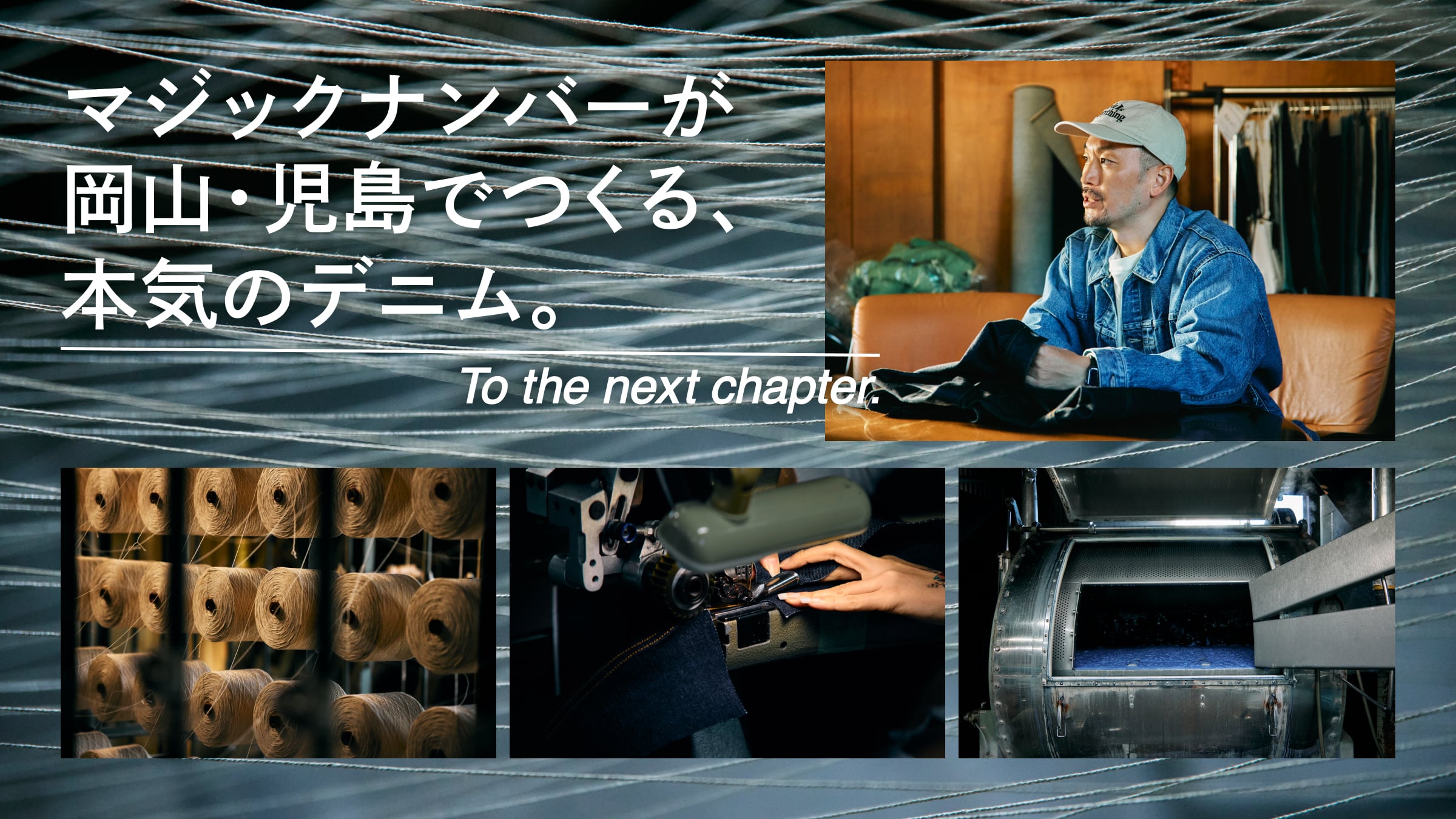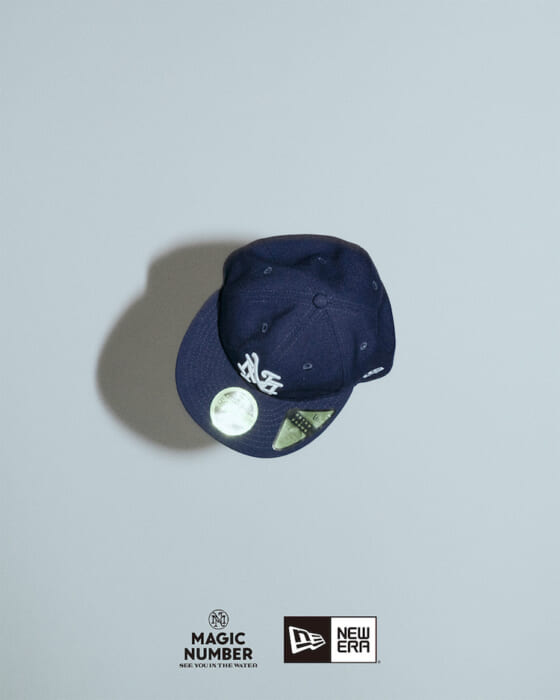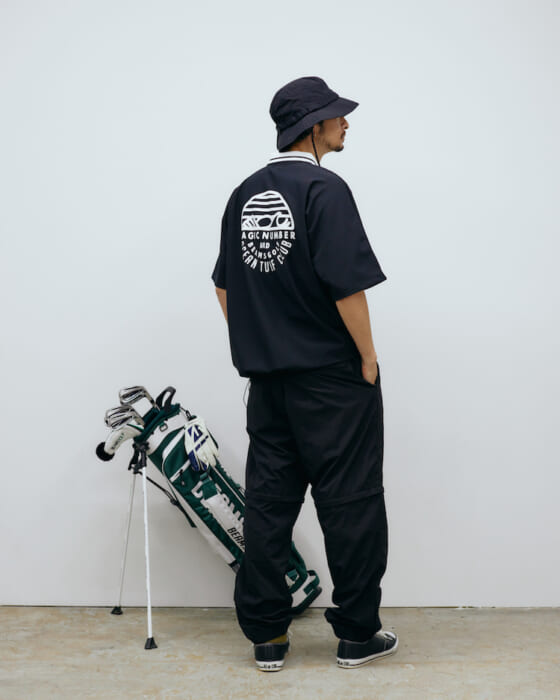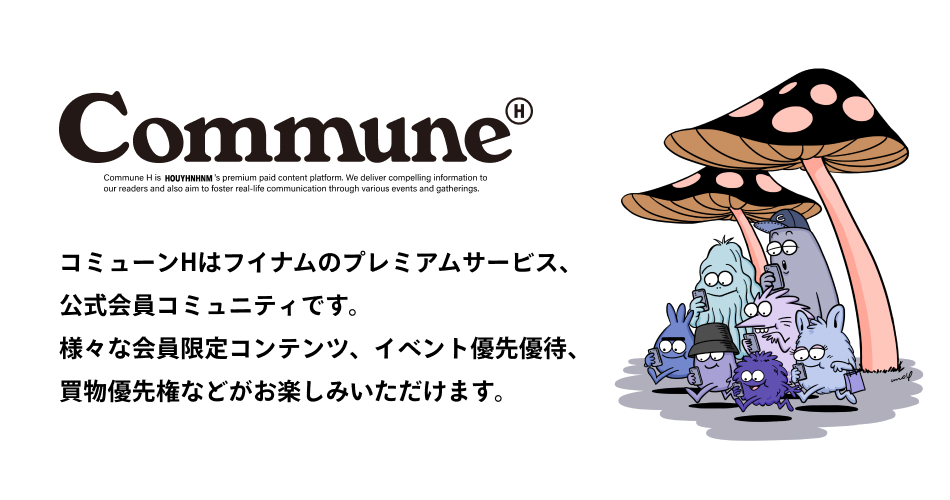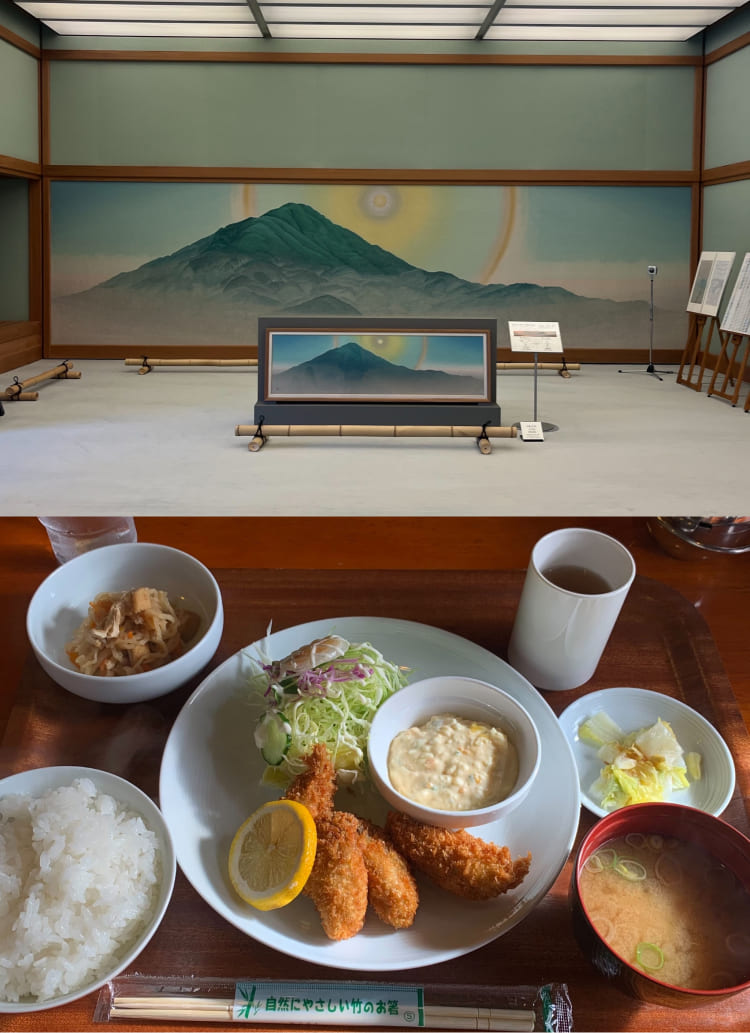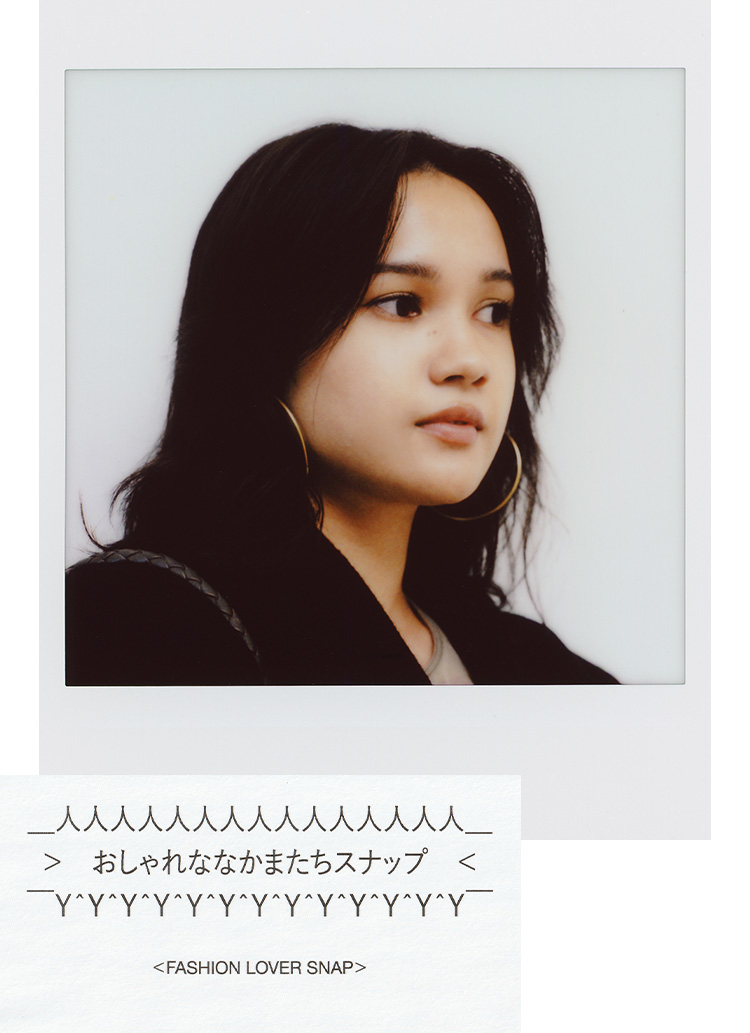PROFILE
Born in Yamagata Prefecture in 1981. After graduating from a fashion college, he worked as a sales staff member at Stussy before leaving in 2007 to join a denim OEM company headquartered in Kojima, Okayama Prefecture. In 2021, he became the designer of "Magic Number" and in 2024, he became the designer and director of the same brand.
Why Kojima denim is the world's favorite.


Imabari for towels, Sabae for glasses, and Kojima for denim.
Kojima in Okayama Prefecture, the setting for this issue, is a world-class denim production area. Its history dates back to the end of the Meiji Era (1868-1912), when it was known as a cotton textile production area and developed especially as a production center for school uniforms. 1917 saw the mass production of school uniforms in Kojima, and the technology and experience gained there became the foundation for the later denim industry.
After World War II, the U.S. military presence in Japan brought an influx of denim culture, and in 1965, Kojima's weavers began producing jeans domestically, utilizing the skills they had cultivated in the production of school uniforms. This was the first step in establishing Kojima as a "denim mecca" that continues to this day.


More than half a century has passed since denim production began, and there are still factories in Kojima that use the old-style shuttle looms that have been in use since those days. Although production efficiency is inferior, this makes it possible to produce fabric with ears, called selvedges, and gives denim a rich and tasteful texture.
There are also various other factories, and craftsmen are involved in all processes, from dyeing to washing, to ensure strict quality control. This consistent attitude is probably the reason for the world's highest quality.


In this age of fast fashion, Kojima's denim is gaining in value as an answer to the needs of consumers seeking the "real thing. The skills and passion of the craftsmen and the efforts of the entire community go beyond mere clothing production, and continue to convey the essence of Japanese craftsmanship to the world.


